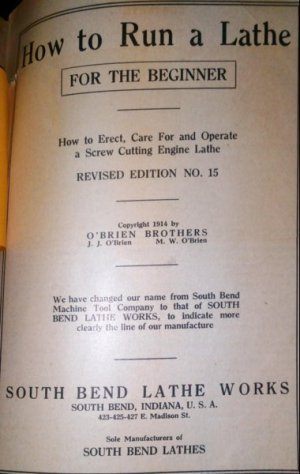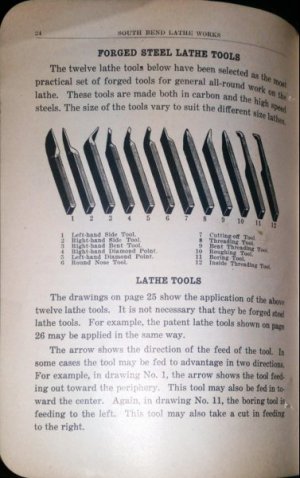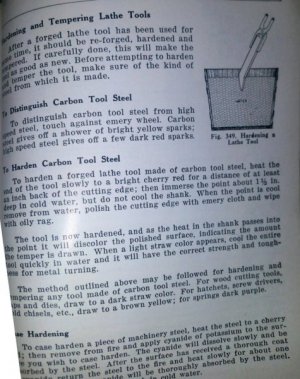I purchased a craftsman 6x18 lathe from the original owner. I think he has it since the 50’s. It came with some tooling. Most of it was obviously HSS 1/4 x 1/4 and 1/2 x 1/2.
The other day I needed a boring bar for a small diameter hole. I found these “L” shaped tools that were ground on one end.
I decided to grind the straight side. I think I made a good tool, but I did not cut. It actually rolled a burr on the cutting edge.
I found I was able to scratch these with a file.
So, what is this material? Is it intended to be hardened after grinding? It’s not clear to me you can harden at home - I’m lead to believe you need to control the tempering over a good amount of time, no?
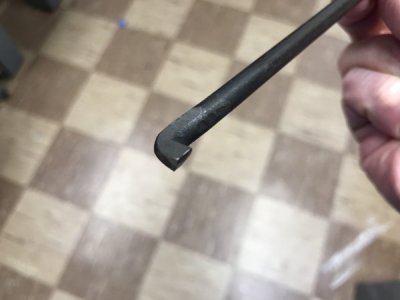
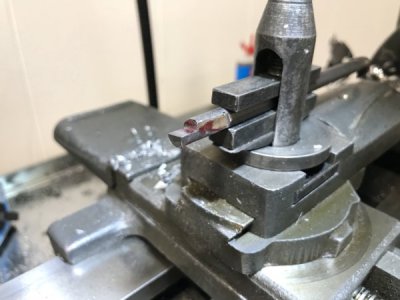
The other day I needed a boring bar for a small diameter hole. I found these “L” shaped tools that were ground on one end.
I decided to grind the straight side. I think I made a good tool, but I did not cut. It actually rolled a burr on the cutting edge.
I found I was able to scratch these with a file.
So, what is this material? Is it intended to be hardened after grinding? It’s not clear to me you can harden at home - I’m lead to believe you need to control the tempering over a good amount of time, no?




